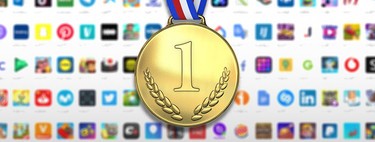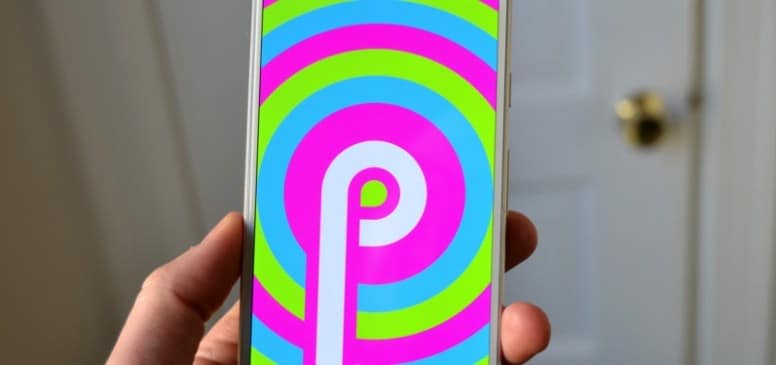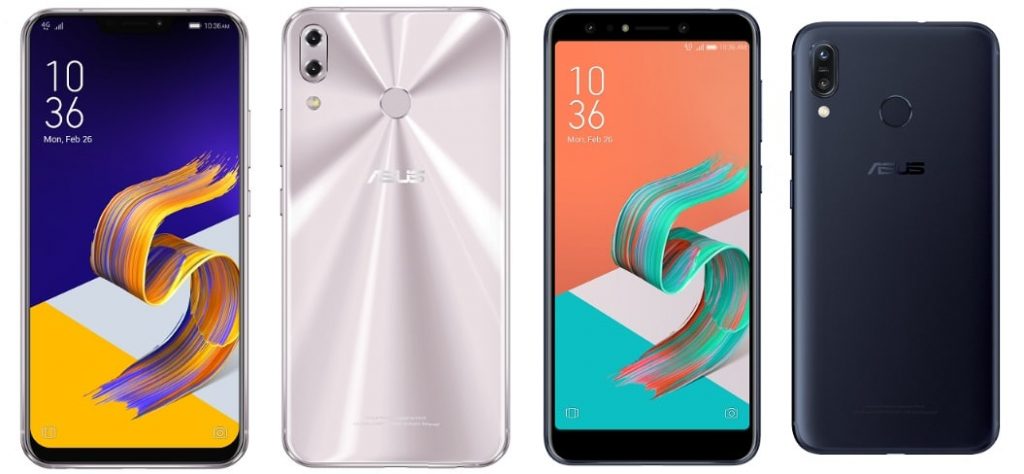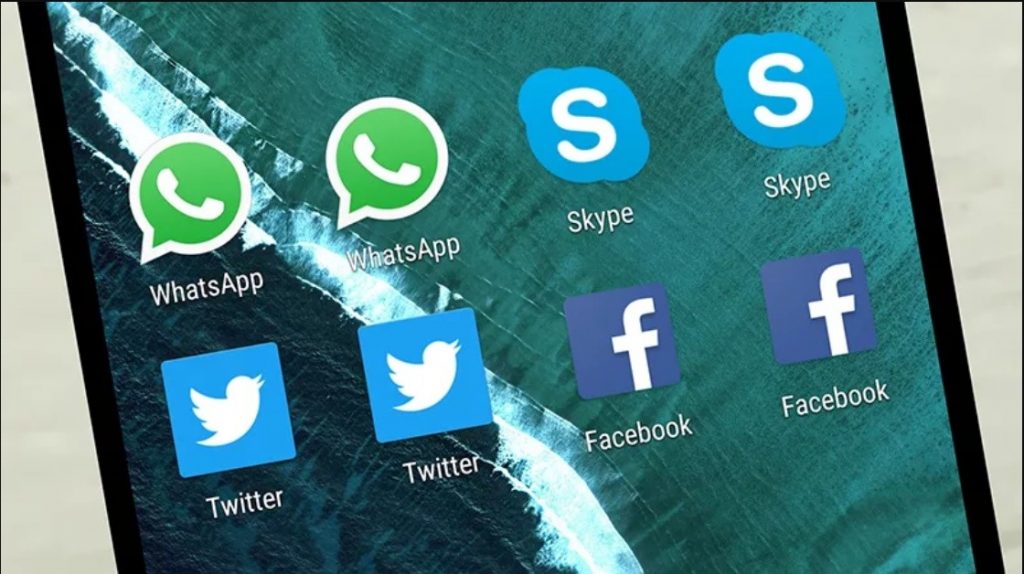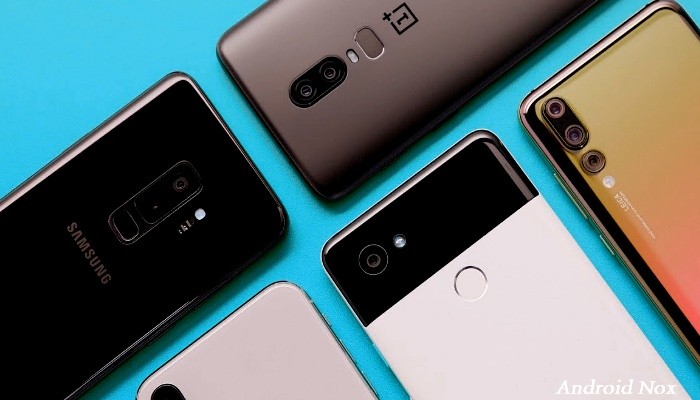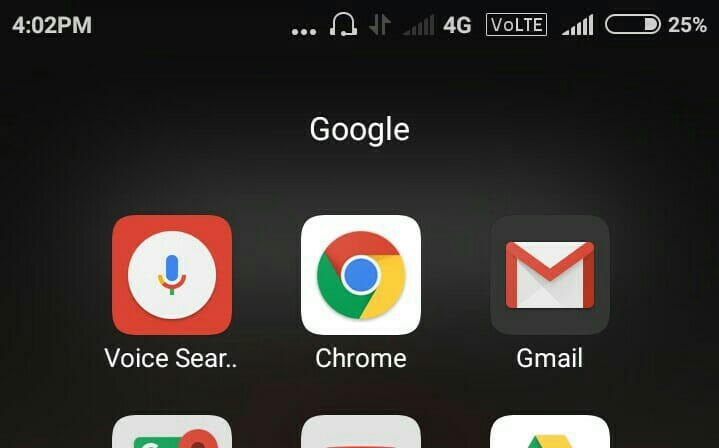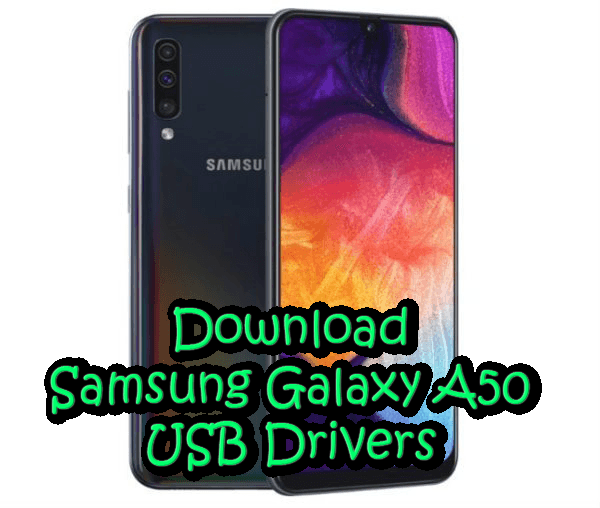You have probably heard of applications like Team Viewer and Google Chrome Remote Desktop. These applications are generally used to access from one device to another remotely, and are useful to control the computer from the mobile. There are several, but one of the most popular is AnyDesk, not only because it works well but because it is completely free for personal use.
AnyDesk does not require advanced computer skills or anything like that, you just need to have a stable WiFi connection and a smartphone, either Android or iPhone. It is a really complete application, so we are going to see how it is used and how to get all the juice out of it.
How to download and configure AnyDesk
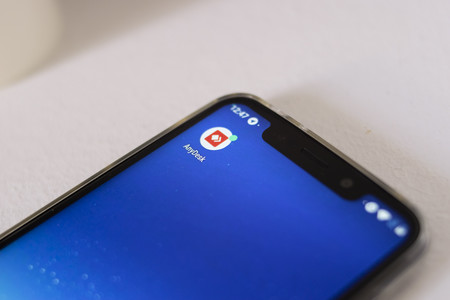
The foundation of AnyDesk’s operation is the DeskRT codec. This, which has been developed by the company itself, is capable of compressing and transferring the image of a device “without problems, even with a bandwidth of only 100 kB per second”. It does not require any kind of strange configuration by the user, to the point that no program needs to be installed on the computer. It is an executable that you will launch only and exclusively when you want to use it.
For those concerned about security. AnyDesk uses TLS 1.2 and RSA 2048 encryption to verify the identity of users
How does it work? Very easy. The first thing you should do is access the AnyDesk website and download the client for your desktop operating system. It is available for Windows, macOS, Linux, FreeBSD, and Raspberry Pi. Once you have it, access Google Play and download the Android app. You need to have installed the app on both devicesYes, since you will have to follow the following steps:
- Run the downloaded file on your PC or Mac.
- A window with a nine digit code will appear.
- Open the application on your mobile.
- In the “Other job” section, enter the nine-digit code displayed on the computer.
- On the computer, a window will appear in which you will have to accept the incoming connection. Do it.
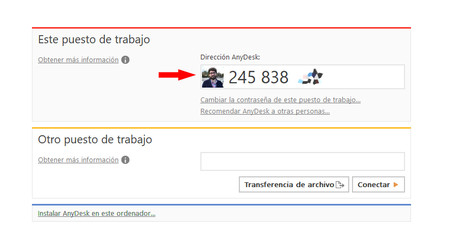 This code is that you have to enter on your mobile to connect to the computer.
This code is that you have to enter on your mobile to connect to the computer. When you accept the connection, your computer screen will immediately appear on the mobile and you can control it as usual. It is important to note that you do not need to be connected to the same WiFi network as the computer, so you can use AnyDesk to, for example, control the office PC from home, and vice versa.
Understanding controls
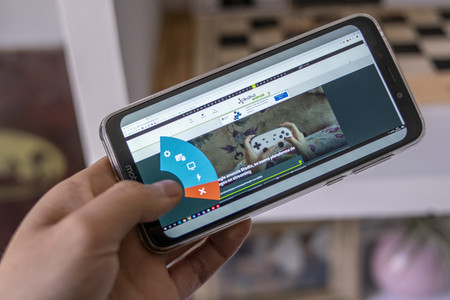
Default, activated controls are tactile, so to handle yourself through the interface you will have to know what each gesture does:
- Swipe with one finger: move the cursor.
- Press: left click.
- Long press: right click.
- Long press twice (press and hold on the second press): select.
- Swipe with three fingers: scroll the screen.
That’s the basics, but let’s go further. During the remote session you will see that a black button appears with the logo of the application. If you leave it pressed, a drop-down cake menu will appear with different accesses. The first is the settings, from where we can modify the data entry, the streaming quality and the sound. Do not touch anything, as it is configured it works perfectly.

The button below (marked in yellow) is the introduction options, which is divided into five sections. From top to bottom:
- Special buttons like F1, the system key, command, etc.
- Keyboard: open the default keyboard you have configured on your mobile (although when you click on a text box it does so automatically).
- Mouse emulation: it is the default mode, you control the computer screen with the basic mouse gestures.
- Touchpad emulation: AnyDesk will make the mobile screen behave like a ‘touchpad’ on the computer.
- Transmit gestures: the application will transfer gestures from the phone to the computer, as long as they are compatible.
The following button is used to change monitor, something not too useful if you only have one. Still, if you had two displays connected to your tower, you could toggle between them. In general, you will use it rather little.
 All actions available on AnyDesk
All actions available on AnyDesk The third button is the ActionsIt is interesting to know what it is for. From top to bottom, the functions are as follows:
- Take a screenshot.
Move the AnyDesk button to another location. - Upload files to the remote computer: when you press it, the file manager of your mobile will open. Select any file you want and, on your computer, press Ctrl + V to paste it.
- Download file from computer: you simply have to copy any file from your computer (right click> copy) and click on this button to download the file to your mobile.
- Request elevation: This function requests administrator access on the remote device.
- Send the Ctrl + Alt + Del command to the remote device.
- Activation of a VPN: if it is supported by the computer, a ‘tunneled’ connection will be applied to the session.
- Privacy mode: the session will become private.
The last button, which appears in the form of an X below, is used to log out instantly. It is a quick access to avoid having to press back and close it from the main window of the app.
And can the mobile be controlled from the computer?
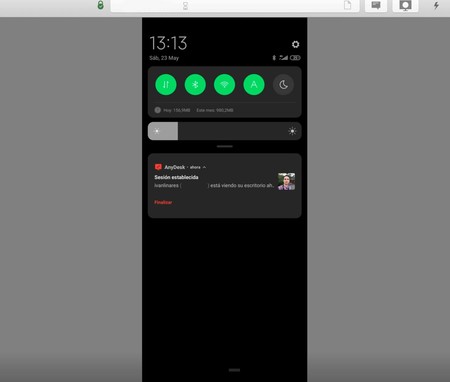 Remote control of a Xiaomi with Android 10 using AnyDesk
Remote control of a Xiaomi with Android 10 using AnyDesk Yes, but not all devices (It will depend on the manufacturer and the Android version). To access the control of the mobile from the computer, it is necessary to give AnyDesk permission to show itself above other applications. Once the permission is given, and as long as the mobile is compatible, the mouse can transfer the touches to the mobile remotely.
To control the phone remotely you need to give AnyDesk permission to overlap other applications
Apart from controlling the mobile from the computer, which is not possible on all models, AnyDesk allows you to see the phone screen remotely. This can be useful, for example, when a family member calls you because something is wrong with your mobile. If you both install the app, you can give you instructions and mark the places where you should press.
In the event that you have a Samsung mobile or tablet you will have to carry out some added steps to see (and control) the mobile screen on the computer:
- Open the application on your Samsung and give it all the necessary permissions.
- On your computer, enter the nine-digit code that appears on the mobile.
- Accept the Knox terms and conditions that will have appeared on your mobile.
- Done, the mobile screen will be played on the computer and you can control it using the mouse as if it were your finger.
If you are using a mobile with physical buttons (for example, we have tested it on a Galaxy S7 edge), to go back you will have to press the “Esc” key. If you have a Samsung Galaxy S9 or Galaxy S8, which have the built-in navigation bar on the screen, then you shouldn’t have a bigger problem. By the way, you can control the mobile from another mobile, you don’t need to use the computer.
AnyDesk, pros and cons
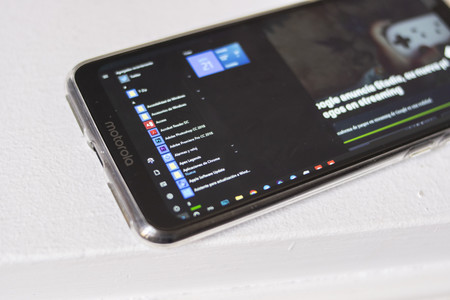
The truth is AnyDesk works really well. When you control the computer from the mobile, the response is instantaneous, although sometimes you have to be very precise with the touches. For example, I use an ultrawide monitor, so the screen looks somewhat small and you have to enlarge if you want to play well and not accidentally close a window.
Sending files is magicIt works very, very well even with relatively heavy files, and the fact that you don’t have to configure anything at all makes the experience a very good one.
Saving the little fluidity when controlling the mobile from the PC, AnyDesk works perfectly and fulfills its mission
It is also possible to write. In fact, I am writing this paragraph controlling the computer from the mobile and, although it is true that I am doing it slower than if I used the PC keyboard (because you cannot activate the automatic corrector, mainly), you cannot order more.
It is difficult to put a single catch, to the point that the only negative point is that it does not allow to control all Android phones or iPhones. For the rest, it is a highly recommended application and, for more inri, completely free for private use. If you want to use it at a business level, the prices start from five euros.
|
PROS |
CONS |
|---|---|
|
|
|

